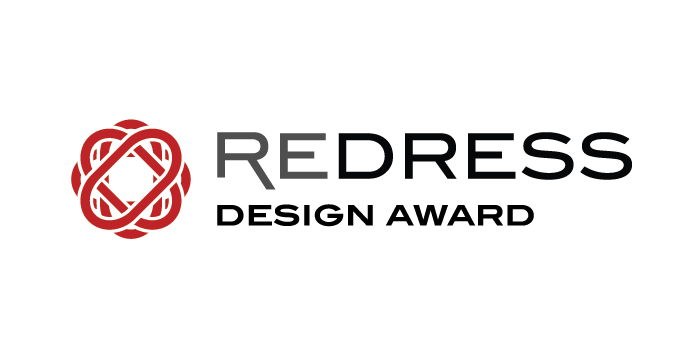Ecoalf
CASE STUDY
Created by Redress
Ecoalf
Ecoalf has paired responsible sourcing with low impact manufacturing in order to minimize the impact it is leaving on the planet. We find out why they chose to use recycled polyester, their efforts to clean up the oceans, and what they are doing to tackle microplastics.
In this case study, Javier Goyeneche talks about how he set out to revolutionize the fashion industry towards a more sustainable future.
Image credit: Ecoalf
Spanish apparel and accessory brand Ecoalf launched in 2009 when founder Javier Goyenche found himself frustrated with the amount of waste being produced by the fashion industry.
His aim was to prove that quality products can be made just as well, if not better, from recycled materials. Motivated by a motto that resonated with him — ‘Because there is no planet B’ — Javier set to work in revolutionising the fashion industry towards a more sustainable future, earning the Social Innovation Award by the Schwab Foundation, along the way. Taking the lead in 2018, Ecoalf was the first Spanish fashion brand to receive a B Corp certification, which recognises the balance between their profits and purpose, meeting high social and environmental standards that place the planet at the center of their business strategy.
Why does Ecoalf choose to use recycled polyester, nylon, and cotton fibres over virgin materials?
We choose to use recycled materials in our collections simply because the environmental impact is much lower than virgin materials.
By choosing a global recycling standard (GRS) for materials, we avoid using the natural resources and energy that would have gone into extracting the raw material from the ground.
Tell us about your ‘Upcycling the Oceans’ project.
This is a project run by our non-profit organisation, The Ecoalf Foundation. Since 2015, we have been working to clean up the trash in our oceans with the help of fishermen who collect marine litter. We separate the waste found in the ocean, and any PET, including plastic bottles and fishing nets, are transformed into flakes. From there, they become yarn for fabrics, which are then made into Ecoalf garments.
That is an ambitious project! How much of the marine litter is then made into fabric for Ecoalf collections?
At this moment, 100% of the PET recovered is converted into yarn.
Considering many companies still use virgin over recycled fabrics, do you think this is due to the difference in cost?
Recycled fabrics are more expensive, especially when made from waste collected from the ocean. But at Ecoalf, making better choices is part of our DNA, so this is not a factor for us.
Is there a difference in fabric quality?
The final quality of the yarn in our recycled fabrics is the same as conventional ones. Since the establishment of Ecoalf, we have worked hard to ensure the fabrics we use are high quality, equal to or better than the conventional offerings. Like our sustainability standards, our quality expectations are very high.
Image credit: Ecoalf
Polyester and nylon are not biodegradable. What do you suggest your customers do with the products once they reach end-of-life?
Our garments are all of strong quality, so I believe the first responsibility of customers is to extend the life of the products they buy. Our collections are designed to be long-lasting and timeless. Once the lifecycle is over, we suggest our customers bring the garments to an organisation that collects clothing for reuse or recycling.
Designing clothing with the intention for it to withstand time is an important step to ensure physical longevity.
A hot issue now is microplastic shedding from garments made from synthetic materials. As Ecoalf works to stop pollution in the oceans, how will you tackle this issue in your products or with your customers?
In researching a solution for the issue of microplastic pollution, Ecoalf developed hundreds of different yarns. We eventually created “0-release”, a yarn that uses hydrogen bonds to seal in all microfibres and prevent microplastic pollution.
Image credit: Ecoalf
What is exciting about Ecoalf are their successful collaborations that drive other brands towards sustainability and circularity. Collaborations with Goop, Apple, Swatch, Coolhunting, Coca-Cola, and Starbucks make use of recycled polyester, while their footwear highlights circularity by using Michelin rubber waste for their soles.
Ecoalf is not only a fashion brand selling sustainable products — it is a philosophy that speaks to consumers and brands they can feel proud of.




